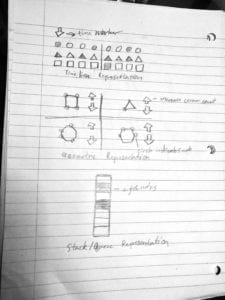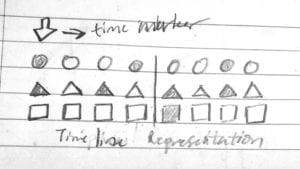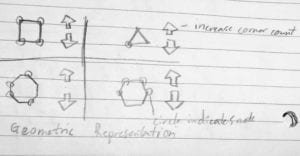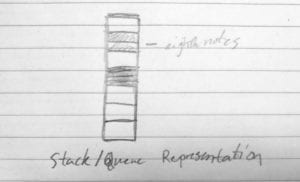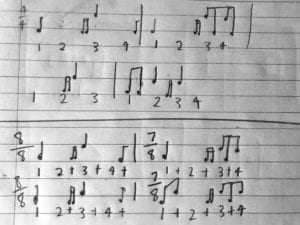Task:
Read This is your brain on music, chapter 2. Write a short response.
Response:
Chapter 2 of your brain on music mainly discusses the fundamental concepts of what makes up what we consider as music, such as the interpretation of rhythm and pitch. Focusing specifically on how human brains perceive music through a neural science perspective, the reading offered me concepts that was thought provoking.
Being someone who has some instrument background, many of the things discussed in the chapter was very relatable. The idea of having the strong beat shift to the backbeat is what separates modern western music from the rest. The concept was first popularized in jazz music, where people would feel the beat on 2 and 4 as opposed to 1 and 3. Later transforming into rock and rolls back beat snare hits which influenced pretty much all the music we hear today. An interesting observation I had with this phenomenon is that people who were not familiar with jazz, or jazz inspired rhythms has a hard time interpreting rhythm that is focused on the backbeat. I was at a jazz club once, where the musicians tried to get the crowd involved by clapping, the jazz musicians are used to clapping on 2 and 4 but this really confused some of the audiences, who tried to follow along but keeps leaning towards 1 and 3. Just like how the reading talks about how the same music can be interpreted differently due to previous exposures of music.
Another concept I found interesting was the human brains ability to recognize harmonic intervals, but not frequencies. Though only some people have perfect pitch, or the ability to recognize the frequency of sounds, most people are able to tell the difference in harmonic intervals to some extent. The reading used happy birthday as an example, how someone can start on any frequency but still be able to follow along by knowing the relationships between the notes, even moving out of frequencies that western music considers in tune, also known as microtonal.
The last concept I would like to respond to would be the idea of how neural scientists tries to split music concepts into different categories such as rhythm, harmony, timbre, etc. But it turned out that you should not deconstruct them into individual components, because the relationship between them is very important, the text backs up this point by claiming that “Composers and musicians rarely treat these in total isolation”(76). This seems to be obvious, but I have always overlooked these concept as I just take them to be normal. Having the chance to understand music elements through the perspectives of neural science is very beneficial for me to gain new understandings to music.
